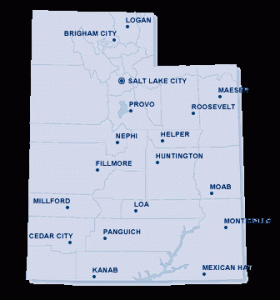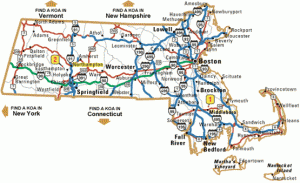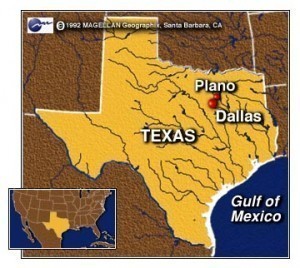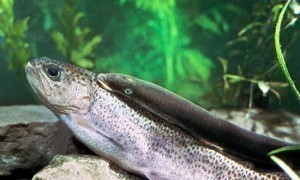How Deep is the Pacific Ocean?
Known as the largest ocean in the world, the Pacific Ocean is 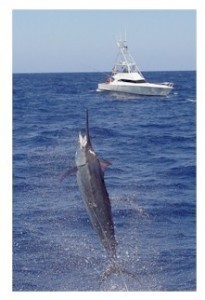 bordered by the Arctic Ocean at the north, Antarctica at the south, North and South America at the east as well as the Australia and Asia at the west. The total area covered by this body of water is 169.2 square kilometers. The equator divides the ocean into two, namely the North Pacific Ocean and the South Pacific Ocean. The deepest point of the ocean is the Mariana Trench. To know about the geography of this body of water, let us start with identifying its depth.
bordered by the Arctic Ocean at the north, Antarctica at the south, North and South America at the east as well as the Australia and Asia at the west. The total area covered by this body of water is 169.2 square kilometers. The equator divides the ocean into two, namely the North Pacific Ocean and the South Pacific Ocean. The deepest point of the ocean is the Mariana Trench. To know about the geography of this body of water, let us start with identifying its depth.
The Depth of the Pacific Ocean
How deep is the Pacific Ocean? The ocean has a mean depth of 14,000 feet and its deepest point lies 35,979 feet below sea level. The southern part of the body of water extends 9,600 miles from the Arctic’s Bering Sea to the Ross Sea of the Antarctica. The ocean also stretches 12,300 miles from the coast of Peru as well as Colombia to Indonesia. The Strait of Malacca is the ocean’s western limit. The size of this body of water is decreasing by two to three centimeters a year on three sides. This is due to plate tectonics.
Additional Facts and Other Interesting Details
The ocean has approximately 25,000 islands. Most of the islands are located at the equator’s south. The ocean is surrounded by some of the largest seas in the world including the East China Sea, the Celebes Sea, the Philippine Sea, the South China Sea and the Sea of Japan. The Strait of Malacca as well as the Indians Ocean integrates with the Pacific Ocean at the west. The Straits of Magellan and the Drake Passage connects the Atlantic Ocean with the Pacific. At the north, the Arctic Ocean and the Pacific is connected by the Bering Strait.
The most essential regional distinction in the ocean is the andesite line. The line separates the Central Pacific Basin’s mafic igneous rock from the felsic igneous rock. The other features of the ocean are troughs, oceanic volcanic islands as well as submerged volcanic mountains. The Pacific Ring of Fire is composed of active volcanoes found at the subduction zones of the ocean.
Aside from volcanoes, the ocean also features seamount chains like the Louisville seamount chain, the Emperor Seamounts as well as the Hawaiian islands. Additionally, there are landmasses found within the ocean. These include the New Guinea islands and Polynesia’s great triangle.
